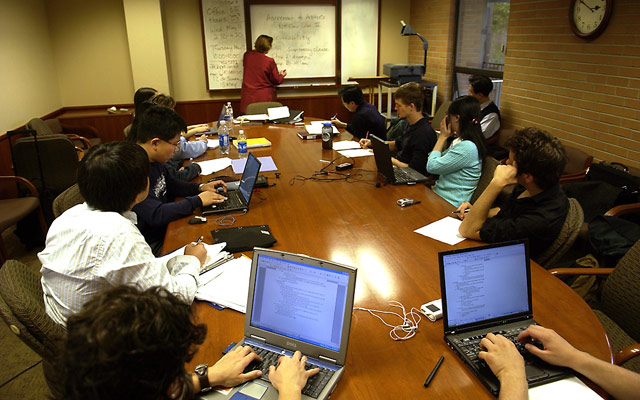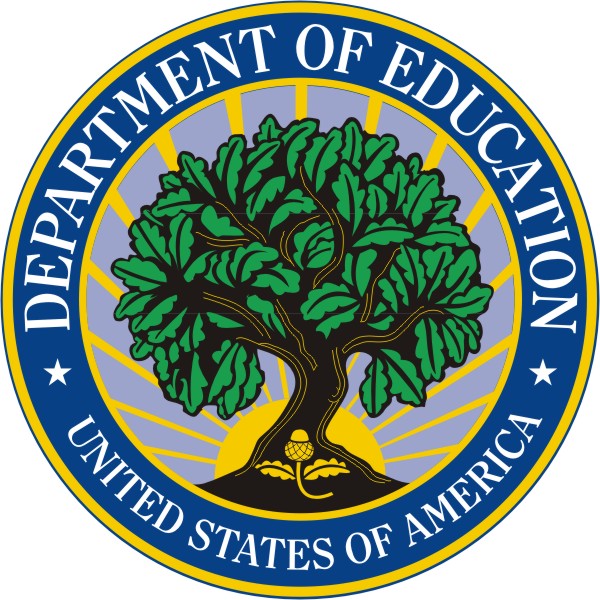 |
| Enrichment |
A large portion of this cycle is the lack of enrichment for gifted children throughout schooling. Teachers and programs are required to make sure as many students as possible pass the course, which results in teaching to the lower end of the intellectual spectrum by default, rather than taking chances the smarter students would ultimately benefit from. A combination of these two issues, both poverty and enrichment, is found in a collective effort in the Western Journal of Black Studies, entitled "Experiences of Pre-Service Elementary Teachers in an Urban Summer Enrichment Program" found here. It is written: "For children from low-income communities this phenomenon means that they always have teachers with little experience when what the children truly need are experienced and highly motivated teachers who have high expectations, a caring demeanor, and knowledge about how to teach them." This problem is massive, as these children are given a lazy education, and while the slower of them receive the same grades as the gifted ones, neither group wins, as both require an educational curriculum which caters to their specific needs.




